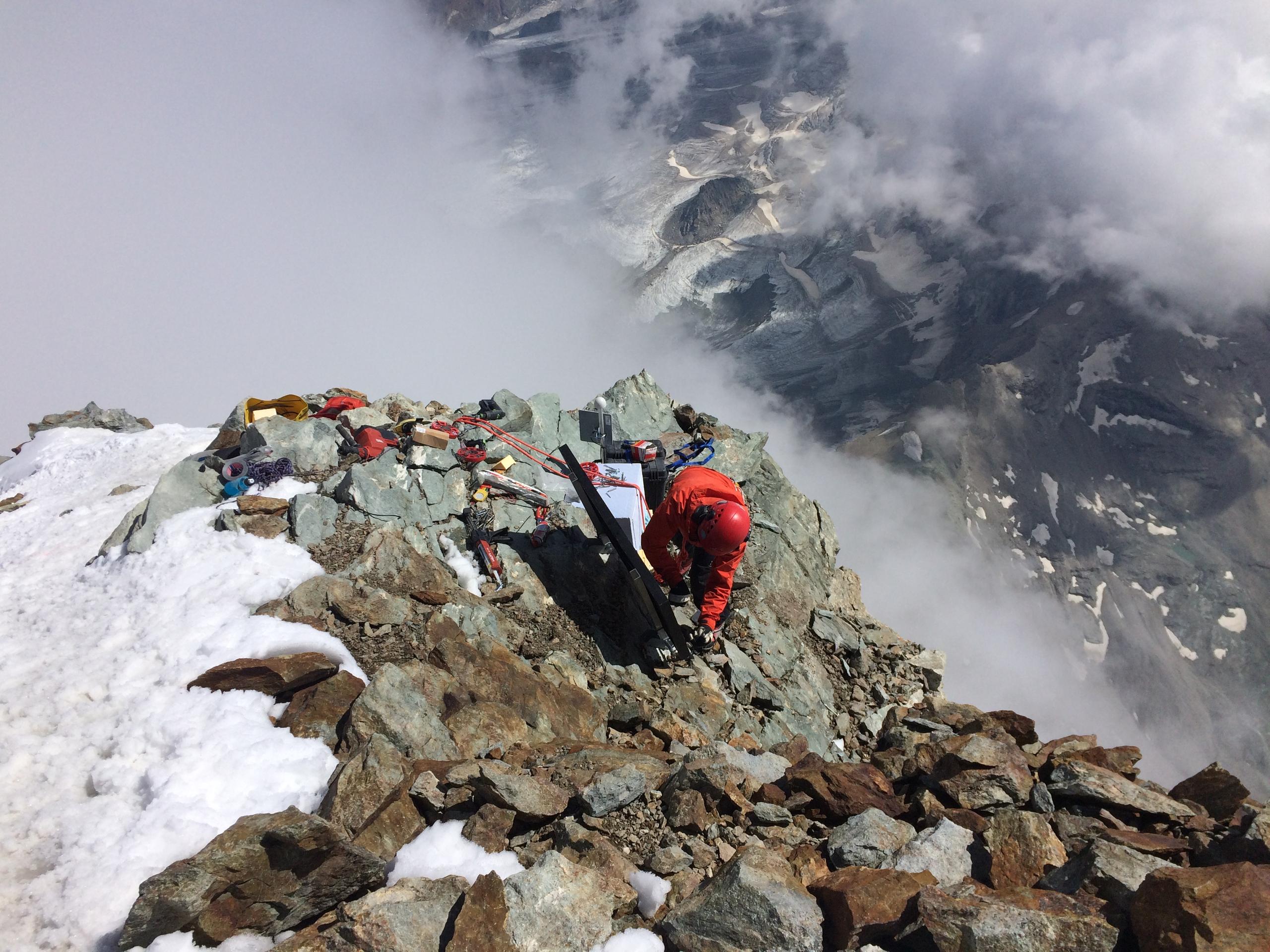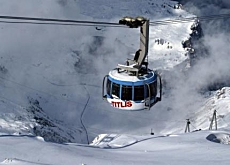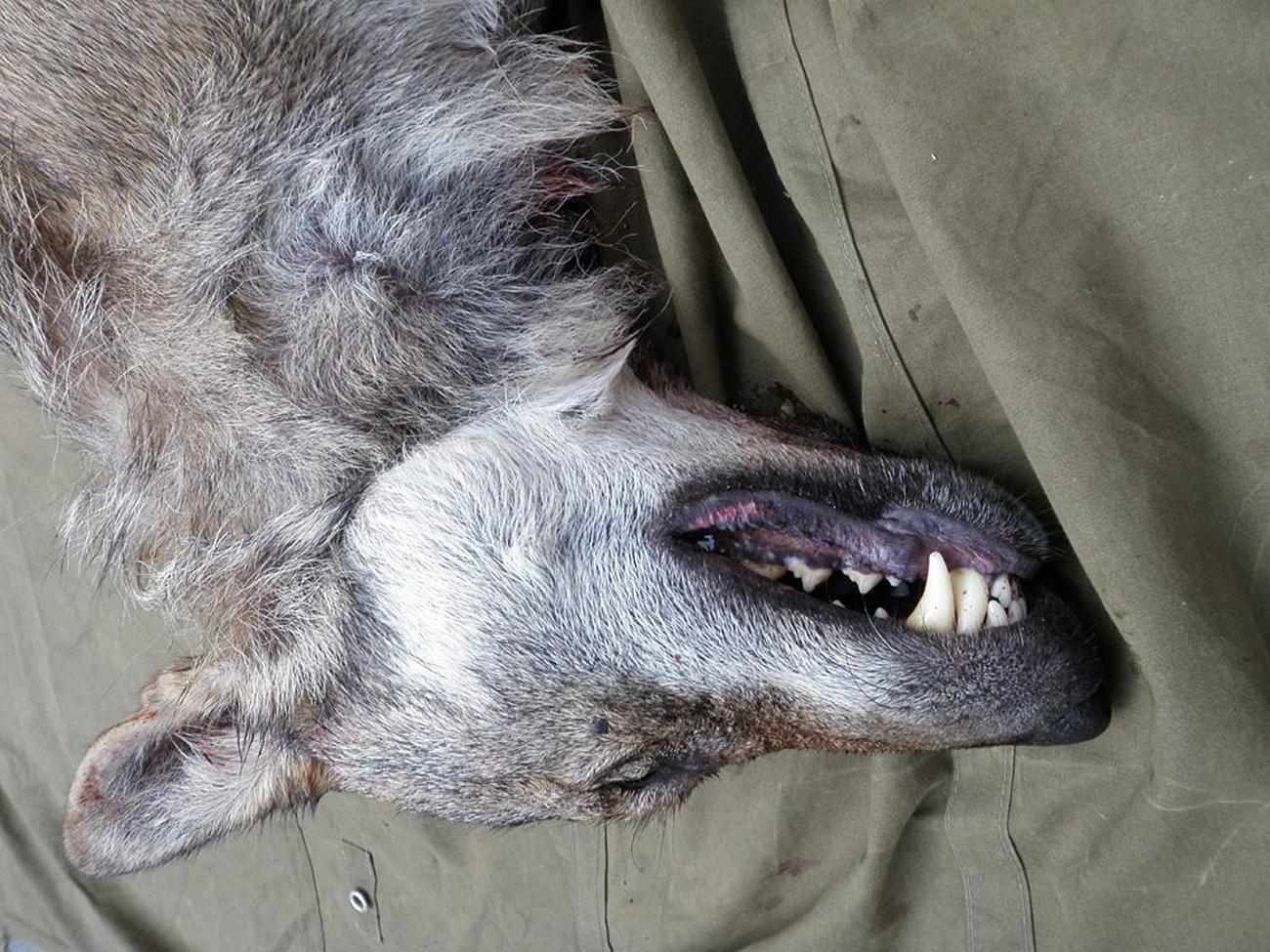When mountaintops sway like trees in the wind
If even mountains are in constant motion, as a most interesting study now suggests, then we, very mobile mammals, should accept the inevitable shifts in our lives when everything around us is changing.
We know that the Alps and the Pyrenees are the result of the African continent slowly pushing over millions of years northwards into Europe. Scientists have now captured a very different, more active kind of movement on the Matterhorn. A team of Swiss and American researchers has detected regular vibrations on this most iconic of Swiss mountains, publishing the results of their study in a paper in late DecemberExternal link.
Using seismometers fixed at different levels they found that the movements on the Matterhorn’s summit “were up to 14 times stronger” than those at the foot. Even though the vibrations were small, in the range of nanometers to micrometers, they wrote that “the summit moves freely…comparable to a tree swaying in the wind”.

Besides the wow effect, the pinpointing of the size and direction of the movements could help predict where landslides and rockfall are most likely to occur during an earthquake.
It’s also made me look differently at the peaks surrounding my home. I won’t be surprised if I catch myself standing very still the next time I’m on a mountaintop to see if I can feel the ground literally moving under my feet, even if not as dramatically as the Matterhorn in this magnified simulationExternal link.
I’ve been reporting on “movements” in the Swiss Alps for the better part of three decades; whether of a cultural, environmental, or economic nature. And I’ve welcomed the dialogue I’ve had with those of you who have reached out to me in response, allowing me to see the Alps through different lenses.
Those three decades are now coming to an end since I’ve decided to leave swissinfo.ch at the end of this month. That’s why I would like to use this opportunity to share with you a few insights I’ve gained about life in the Alps over the years. This list is by no means complete, nor do I lay claim to having included the most significant developments.
Greatly exaggerated: Rumours of ski industry’s death
I’m as guilty as any journalist to have underestimated the resilience of Switzerland’s ski resorts. While I saw many community-run lifts at lower altitudes cease operations due to warmer winters, I was also witness to how the big players upped their game. They invested heavily in snow-making infrastructure, faster, larger and more comfortable gondolas and chairlifts, and introduced digital passes. This combination has enabled the resorts to handle large volumes of customers in order to squeeze a profit out of an ever-shorter winter. No wonder the main ski-lift hub in Grindelwald resembling an airport is named the “Terminal”.
Connected: The high life
The investments have helped spur a construction boom in the most popular ski regions, with even the smallest of apartments in pseudo chalets often sold at exorbitant prices. The growth has altered the character of many villages. While this has not necessarily been for the better, I do have to admit the growth has kept the local economies vibrant. And living in the Alps has become even more appealing during the pandemic thanks to the availability of high-speed internet access that has made teleworking possible – not only from my perch in the Bernese Oberland, but from the remotest alpine village. That and dwindling supply led to rental prices rising on average in mountain cantons by more than 2% last year, and in Graubünden by nearly 5%.
Biodiversity: The wildlife
In mid-January 1999, I travelled by train to Brig in the Rhone Valley to attend a news conference about the reappearance of the wolf in the Swiss Alps. Before my report for Swiss Radio International, the predecessor of swissinfo.ch, could be aired the next morning, the wolf had been run over by a car on the Simplon Pass. The young male’s passing was not lamented by local farmers who had been calling for it to be hunted down and shot after it was suspected of killing dozens of sheep. More than 20 years on, wolfpacks have established themselves across the Swiss Alps but Swiss public opinion remains divided. Urbanites have generally favoured the predator’s return, while voters in rural alpine communities, sympathetic to the sheep farmers, have been successful in lobbying to weaken the laws that protect them. I’ve written about this issue more times than I can remember over the years, but I assure you, this will be the last time I cry wolf.
Uprooted: Migratory patterns
I have made many trips to the southern, Italian-speaking canton of Ticino, to report on everything from architectural jewels, fossil finds, traditional music, local cuisine and even the lives of famous expat writers so attracted to the region’s charms they decided to settle there. What I didn’t expect to hear were the stories of countless young men who, because of poverty, had no choice but to venture off in the other direction. How quickly fortunes can change. Up until the First World War, and to a lesser extent as late as the Second World War, the villages in Ticino’s upper valleys were so destitute that families sent their sons to America, Australia, and the UK in search of a better life.
After months of research, interviews with historians and genealogists, and conversations with the descendants of many of these “emigranti”, a fuller picture emerged of the changes their departure sparked – both in the villages they left behind and in the places where they eventually settled. Hardships were suffered in both the old and new worlds, but it is the positive aspects that are now largely remembered. (An exhibition currently at the Swiss National Museum in Zurich highlights that much of the country was impacted by emigration in the 19th century since “agriculture was unproductive, work in cottage industries precarious, and factory work badly paid”. The exhibition is titled, “Leaving SwitzerlandExternal link”.)
Adventure: Over The Hill
I am not as fearful as Bilbo Baggins in The Hobbit was when faced with the prospect of a new adventure “over The Hill or across The Water” in Middle-earth – the mythical world partly inspired by the Swiss Alps in the classic Tolkien novel. I would like to think I am not so far over the hill that I won’t be able to enjoy what is to come – that is, if I don’t encounter too many trolls or orcs along the way.
Thanks for accompanying me on what has been a wonderful journey so far.
I can (still) be reached at: dale.bechtel@swissinfo.ch

In compliance with the JTI standards
More: SWI swissinfo.ch certified by the Journalism Trust Initiative




You can find an overview of ongoing debates with our journalists here . Please join us!
If you want to start a conversation about a topic raised in this article or want to report factual errors, email us at english@swissinfo.ch.